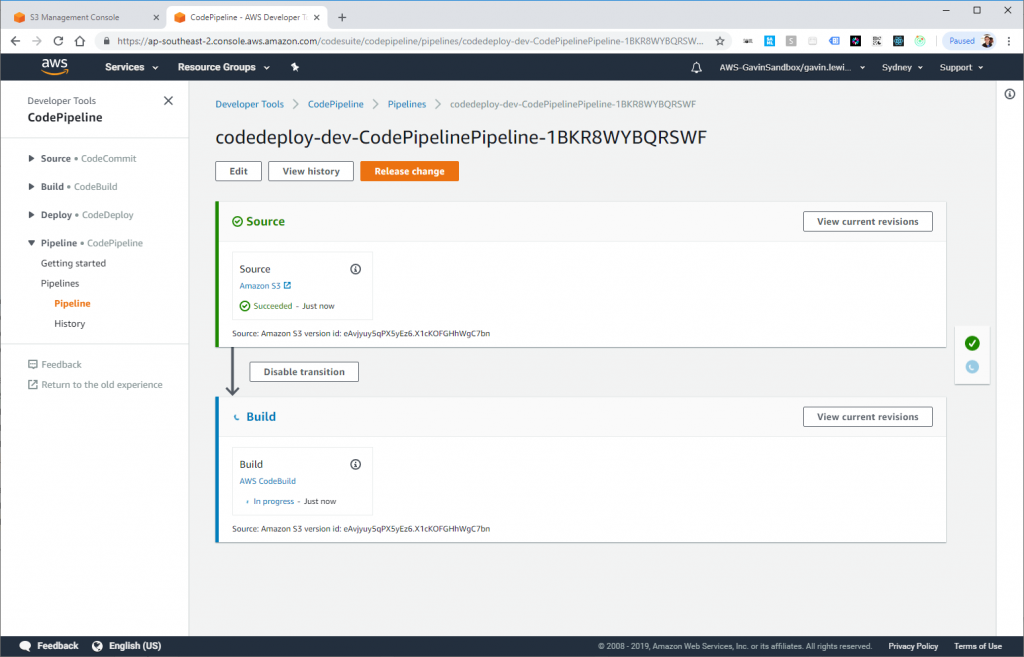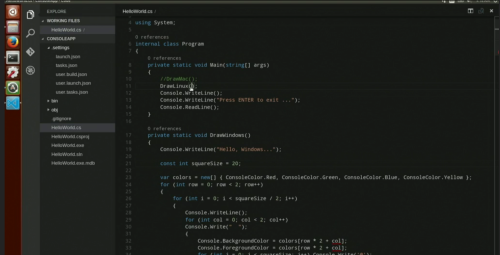
“How To Build a Serverless CI/CD Pipeline On AWS” is a nice guide to some of the newer Amazon AWS services, targeted at developers and DevOps. It shows how to tie together the following:
- Amazon EC2 (server instances)
- Docker (containers)
- Amazon ECR (Elastic Container Registry)
- Amazon S3 (storage)
- Amazon IAM (Identity and Access Management)
- Amazon CodeBuild (Continuous Integration)
- Amazon CodePipeline (Continuous Delivery)
- Amazon CloudWatch (monitoring)
- Amazon CloudTail (logs)
The examples in the article are for setting up the CI/CD pipeline for .NET, but they are easily adoptable for other development stacks.
